|
[1]
|
M. E. M. Meza, A. Bhaya and E. Kaszkurewicz, Threshold policies control for predator-prey systems using a control Liapunov function approach, Theor. Popul. Biol., 67 (2005), 273–284.
|
|
[2]
|
M. I. D. S. Costa and M. E. M. Meza, Application of a threshold policy in the management of multispecies fisheries and predator culling, Math. Med. Biol., 23 (2006), 63–75.
|
|
[3]
|
S. C. M. Da, Harvesting induced fluctuations: insights from a threshold management policy, Math. Biosci., 205 (2007), 77–82.
|
|
[4]
|
S. Y. Tang and R. A. Cheke, Models for integrated pest control and their biological implications, Math. Biosci., 215 (2008), 115–125.
|
|
[5]
|
S. Y. Tang and L. S. Chen, Modelling and analysis of integrated pest management strategy, Discrete Contin. Dyn-B, 4 (2012), 759–768.
|
|
[6]
|
S. Y. Tang and R. A. Cheke, State-dependent impulsive models of integrated pest management (IPM) strategies and their dynamic consequences, J. Math. Biol., 50 (2005), 257–292.
|
|
[7]
|
G. Y. Tang, W. J. Qin and S. Y. Tang, Complex dynamics and switching transients in periodically forced Filippov prey-predator system, Chaos, Solitons & Fractals, 61 (2014), 13–23.
|
|
[8]
|
A. L. Wang, Y. N. Xiao and R. Smith, Using non-smooth models to determine thresholds for microbial pest management, J. Math. Biol., 78 (2019), 1389–1424.
|
|
[9]
|
M. I. D. S. Costa and L. D. B. Faria, Integrated pest management: theoretical insights from a threshold policy, Neotrop. Entomol., 39 (2010), 1–4.
|
|
[10]
|
L. M. Wang, L. S. Chen and J. J. Nieto, The dynamics of an epidemic model for pest control with impulsive effect, Nonlinear Anal-Real, 3 (2010), 1374–1386.
|
|
[11]
|
R. Mu, A. R. Wei and Y. P. Yang, Global dynamics and sliding motion in A(H7N9) epidemic models with limited resources and Filippov control, J. Math. Anal. Appl., 477 (2019), 1296–1317.
|
|
[12]
|
M. Biák, T. Hanus and D. Janovská, Some applications of Filippov's dynamical systems, J. Comput. Appl. Math., (2013), 132–143.
|
|
[13]
|
F. Dercole, A. Gragnani, Y. A. Kuznetsov, et al., Numerical sliding bifurcation analysis: an application to a relay control system, IEEE T. Circuits-I, 50 (2003), 1058–1063.
|
|
[14]
|
F. Dercole and Y. A. Kuznetsov, SlideCont: An auto97 driver for bifurcation analysis of Filippov systems, Acm T. Math. Software, 31 (2005), 95–119.
|
|
[15]
|
Y. X. Chen and L. H. Huang, A Filippov system describing the effect of prey refuge use on a ratio-dependent predator-prey model, J. Math. Anal. Appl., 2 (2015), 817–837.
|
|
[16]
|
J. W. Qin, X. W. Tan, X. T. Shi, et al., Dynamics and bifurcation analysis of a Filippov predator-prey ecosystem in a seasonally fluctuating environment, Int. J. Bifurcat. Chaos, 29 (2019).
|
|
[17]
|
S. Y. Tang, G. Y. Tang and W. J. Qin, Codimension-1 sliding bifurcations of a Filippov pest growth model with threshold policy, Int. J. Bifurcat. Chaos, 24 (2014), 1450122.
|
|
[18]
|
S. Y. Tang, J. H. Liang, Y. N. Xiao, et al., Sliding bifurcations of Filippov two stage pest control models with economic thresholds, SIAM J. Appl. Math., 72 (2012), 1061–1080.
|
|
[19]
|
J. H. Frank, M. P. Hoffman and A. C. Frodsham, Natural enemies of vegetable insect pests, Fla. Entomol., 76 (1993), 531.
|
|
[20]
|
D. J. Greathead, Natural enemies of tropical locusts and grasshoppers: their impact and potential as biological control agents, Biological Control of Locusts & Grasshoppers, (1992), 105–121.
|
|
[21]
|
J. C. Van Lenteren and J. Woets, Biological and integrated pest control in greenhouses, Ann. Rev. Entomol., 33 (1988), 239–269.
|
|
[22]
|
J. C. Van Lenteren, Measures of success in biological control of arthropods by augmentation of natural enemies, Measures of Success in Biological Control, 3 (2000), 77–89.
|
|
[23]
|
Y. A. Kuznetsov, S. Rinalai and A. Gragnani, One-parameter bifurcations in planar Filippov systems, Int. J. Bifurcat. Chaos, 13 (2003), 2157–2188.
|
|
[24]
|
F. Dercole, A. Gragnani and S. Rinaldi, Bifurcation analysis of piecewise smooth ecological models, Theor. Popul. Biol., 72 (2007), 197–213.
|
|
[25]
|
K. Gupta and S. Gakkhar, The Filippov approach for predator-prey system involving mixed type of functional responses, Differ. Eq. Dyn. Syst., (2016), 1–21.
|
|
[26]
|
M. Antali and G. Stepan, Sliding and crossing dynamics in extended Filippov systems, SIAM J. Appl. Dyn. Syst., 17 (2018), 823–858.
|
|
[27]
|
R. Cristiano, T. Carvalho, D. J. Tonon, et al., Hopf and homoclinic bifurcations on the sliding vector field of switching systems in R 3 : A case study in power electronics, Physica D, 347 (2017), 12–20.
|
|
[28]
|
L. S. Chen and Z. J. Jing, The existence and uniqueness of the limit cycle of the differential equations in the predator-prey system, Chinese Sci. Bull., 7 (1986), 73–80.
|
|
[29]
|
M. A. Aziz-Alaoui and M. D. Okiye, Boundedness and global stability for a predator-prey model with modified Leslie-Gower and Holling-type II schemes, Appl. Math. Lett., 16 (2003), 1069–1075.
|
|
[30]
|
Z. F. Zhang, T. R. Ding, W. Z. Huang, et al., Qualitative Theory of Differential Equations, Science Press, Beijing, 1985.
|
|
[31]
|
D. M. Xiao and S. G. Ruan, Bogdanov-Takens bifurcations in predator-prey systems with constant rate harvesting, Fields Institute Communications, 21 (1999), 493–506.
|
|
[32]
|
A. F. Filippov, Differential equations with discontinuous righthand sides, Kulwer Academic Publishers, Dordrecht, The Netherlands, 1988.
|
|
[33]
|
S. Y. Tang and Y. N. Xiao, Biological Dynamics of Single Species, Science Press, Beijing, 2008.
|
|
[34]
|
Y. A. Kuznetsov, Elements of Applied Bifurcation Theory, 2nd edition, Springer, New York, 1998.
|
|
[35]
|
L. Perko, Differential Equations and Dynamical Systems 3rd edition, Springer, New York, 1996.
|
|
[36]
|
H. J. Cai, Y. J. Gong and S. G. Ruan, Bifurcation analysis in a predator-prey model with constant- yield predator harvesting, Discrete Conti. Dyn- (DCDS-B), 18 (2014), 2101–2121.
|
|
[37]
|
S. R. Lubkin, Simulating, analyzing, and animating dynamical systems: A guide to XPPAUT for researchers and students by Bard Ermentrout, SIAM Rev., 45 (2003), 150–152.
|
|
[38]
|
J. H. Liang, S. Y. Tang, J. J. Nieto, et al., Analytical methods for detecting pesticide switches with evolution of pesticide resistance, Math. Biosci., 245 (2013), 249–257.
|
|
[39]
|
J. H. Liang, S. Y. Tang, R. A. Cheke, et al., Adaptive Release of Natural Enemies in a Pest-Natural Enemy System with Pesticide Resistance, B. Math. Biol., 75 (2013), 2167–2195.
|
|
[40]
|
S. S. Ge, C. Wang and T. H. Lee, Adaptive backstepping control of a class of chaotic systems, Int. J. Bifurcat. Chaos, 10 (2000), 1149–1156.
|
|
[41]
|
C. Y. Gong, Y. M. Li and X. H. Sun, Adaptive backstepping control of the biomathematical model of muscular blood vessel, J. Biomath., 22 (2007), 503–508.
|










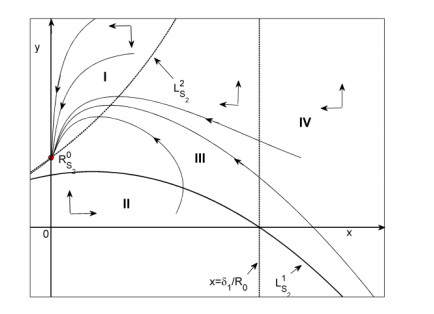
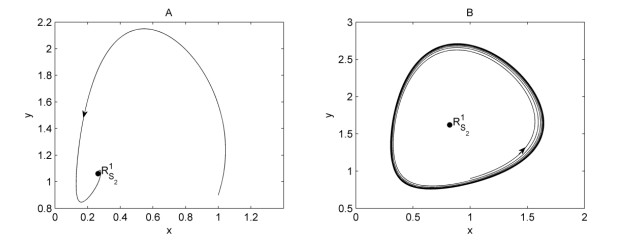


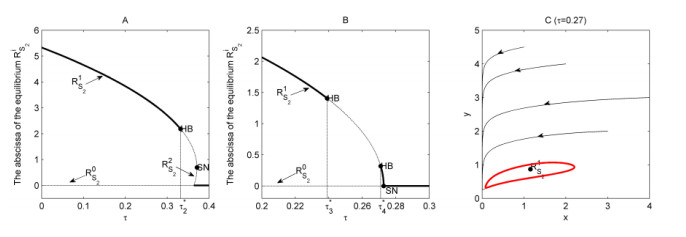
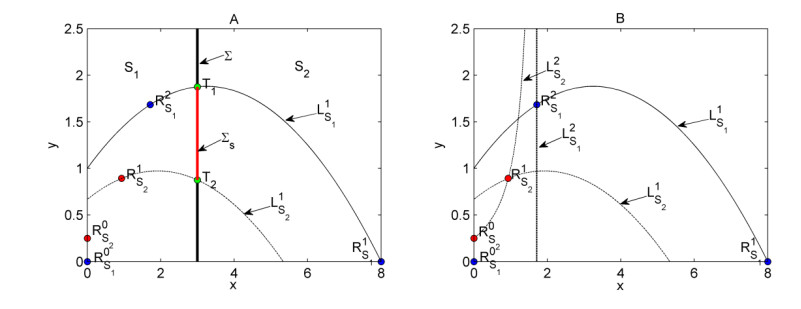

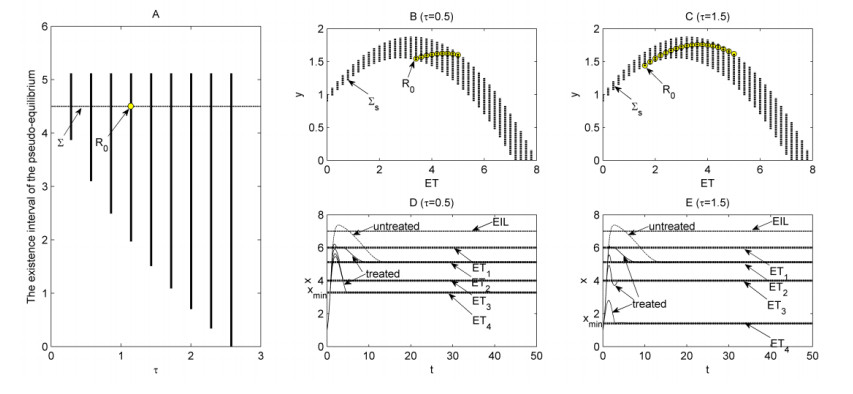
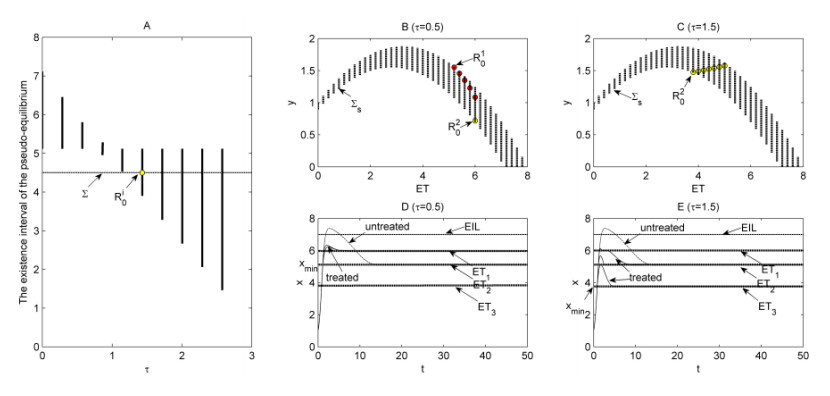

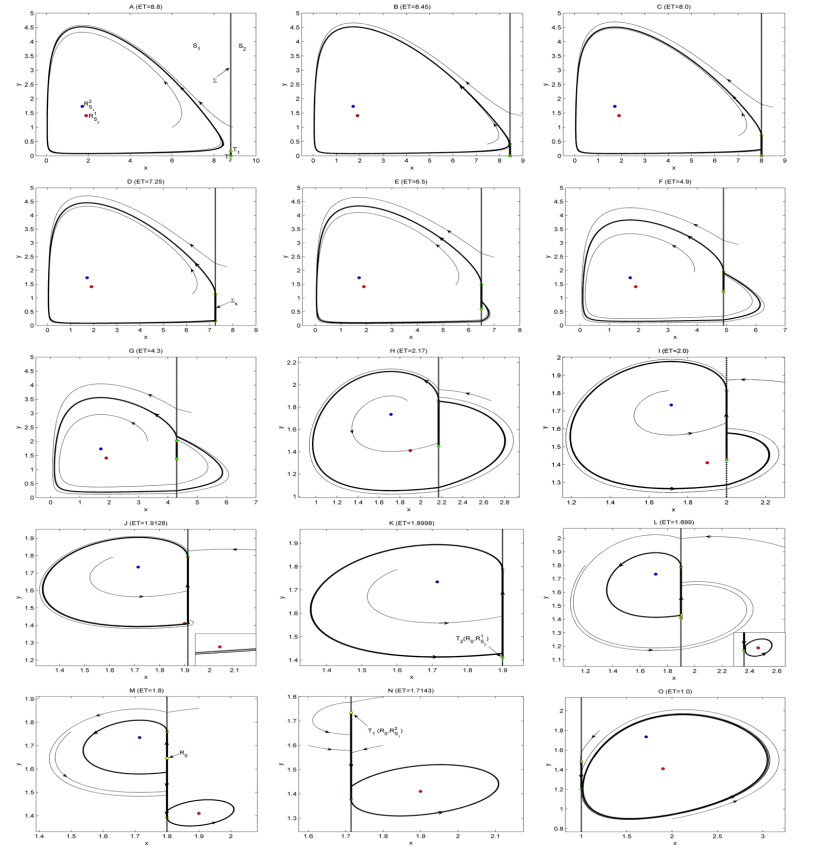
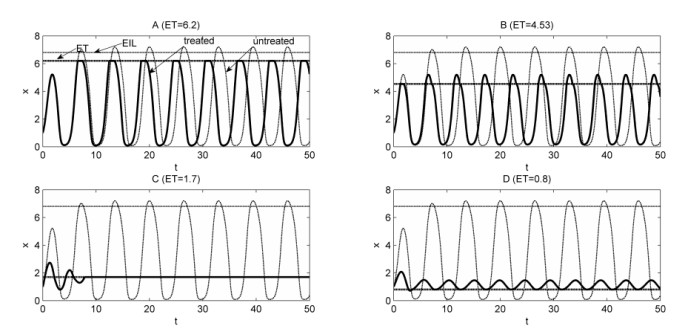


 DownLoad:
DownLoad: